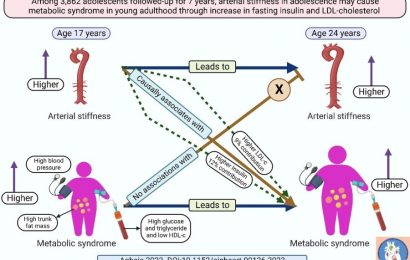
Connecticut, and the nation, are dealing with increases in children in need of acute mental health services this fall, attributable in part to challenges reacquainting themselves with the demands of the school year and the social routines that come with it following the disruptions caused by the COVID-19 pandemic. UConn Health’s child and adolescent psychiatry practice reports increased referrals and longer wait times for outpatient services.
One of the child and adolescent psychiatrists who offers those outpatient services at UConn Health’s West Hartford office, Dr. Asima Zehgeer, shares her insights on the present situation with UConn Today.
What sense are you getting of how children are handling more regular social interaction with peers after the isolation many experienced last year?
Many structural changes have occurred during isolation: change in the sleep-wake cycle, lesser face-to-face interaction with people other than family. Adjusting from a non-structured to structured life with increased demands at various levels has been a significant stressor that children have had to face. There has been limited access to mental health needs during isolation, either due to non-identification of mental health needs in children or being accommodated in a less demanding home environment.
What other challenges could kids be facing?
Children have witnessed loss and or health impairments of their loved ones, especially their grandparents, and not being able to mourn normally due to pandemic restrictions and concerns, not being able to travel, for example, or socioeconomic changes in the household. With the reopening of schools, there has been a shortage of staff in school; regular teachers, special education staff, bus drivers, and others that has affected the normal functioning of many schools. Many parents have to drive their kids to and from school because school is unable to provide special transportation for children with special needs due to a shortage of staff. For these reasons, many parents had to go part-time or give up their jobs to accommodate the special needs of their children.
Which age groups are feeling it the most?
We have seen a relative increase in the number of adolescent referrals. Adolescence is a time of emotional development and emotional vulnerability, along with hormonal changes and other stressors that make youth more prone to emotional extremes.
This stage is the inherently tumultuous period in one’s life when a person is dealing with so many internal and external struggles to establish one’s identity, within self and society. This limits their capacity to deal with additional stress and changes happening around them.
Adolescence sees a marked increase in emotional lability, depressed mood, and negative emotions; anxiety and self-consciousness that can be triggered by additional stress other than the usual ones they are already dealing with.
How might technology/social media have a role in this?
Social media has the potential of creating altered reality and fantasies that can exaggerate the identity confusion that adolescents experience as an initial normative process towards the development of their identity. Most of the adolescents can go through periods of insecurities and poor self-esteem, and as such will try to associate with negative peers who seem to be struggling as well to feel better and have a sense of belonging within the deviant peer group. Social media provides that filter where you can only choose the deviant group of peers and start believing this is how everyone is (uninspired by school, for example), unlike in real-world interactions where you can find yourself surrounded by all kinds of peers.
Overall, how would you describe the child/adolescent mental health landscape in Connecticut? What might improve it?
There is a tremendous need for services at all levels—outpatient, inpatient, and in-home services. It would be ideal to have mental health services within school systems, if not to provide direct services, to at least have staff trained enough to identify the early signs of mental health problems and follow up with a proper referral. As per the research generally, there is a gap of 7 to 8 years before the first signs of mental health problems appear and the treatment is received. Also from research, we know that early identification and prevention is critical in changing the trajectory of the severity of mental health disorders.
What general advice might you have for parents? Or other adults (teachers, school administrators, guidance counselors)?
Source: Read Full Article


